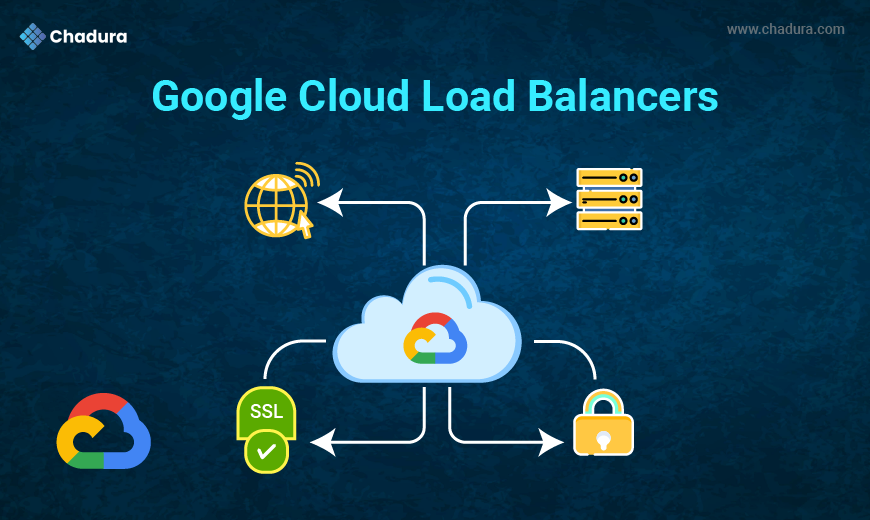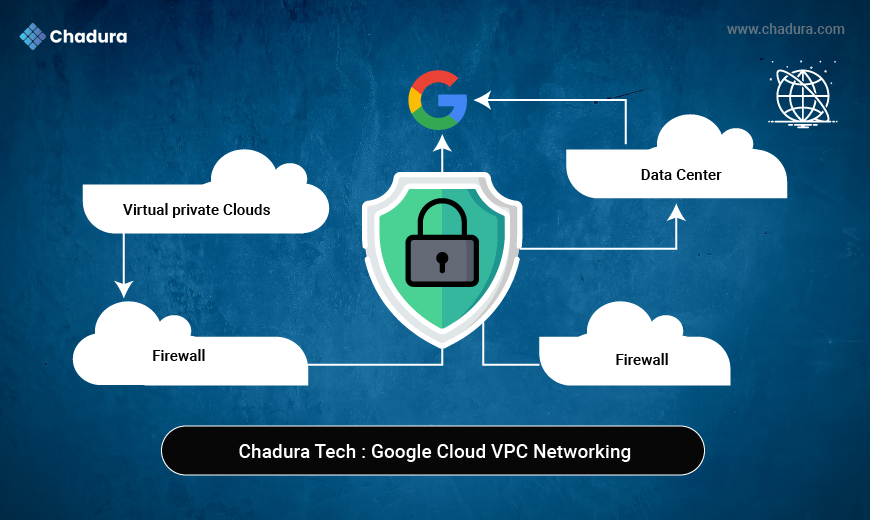How does Microsoft Azure Work?
It is a private and public cloud platform that helps developers and IT professionals build deploy and manage applications. It uses the technology known as virtualization. Virtualization separates the tight coupling between the hardware and the operating system using an abstraction layer called a hypervisor. Hypervisor emulates all the functions of a computer in a virtual machine, it can run multiple virtual machines simultaneously and each virtual machine can run any operating system, such as Windows or Linux. Azure takes this virtualization technique and repeats it on a massive scale in the data center owned by Microsoft. Each data center has many racks filled with servers and each server includes a hypervisor to run multiple virtual machines. The network switch provides connectivity to all those servers.
Types of Azure Services
Microsoft Azure is a cloud computing platform which offers the following types of services:
- Infrastructure as a service ( IaaS )
- Platform as a service (PaaS)
- Software as a service (SaaS)
Infrastructure as a service (IaaS)
Virtual machines, storage, and networking will fall under the infrastructure as a service category, but users must manually build and deploy applications. Azure's hyper-hypervisor will support a wide range of operating systems.
Platform as a service (PaaS)
Azure app service, Azure functions, and logic apps are some services that are offered by Azure under the platform as a service. This service will provide autoscaling and load balancing and also there will be a pre-configured environment for the application.
Software as a service (SaaS)
Office 365, Dynamics 365, and Azure Active Directory are some of the services provided by Microsoft Azure under Software as a Service (SaaS) the complete application will be managed by Microsoft Azure including deploying, scaling, and load balancing.
What is a Public Cloud?
Everything You Need to Know Computing in which service provider makes all resources public over the internet. It is connected to the public Internet. Service provider serves resources such as virtual machines, applications, storage, etc to the general public over the Internet. It may be free of cost or with minimal pay-per-usage. It is available for public display, Google uses the cloud to run some of its applications like Google Docs, Google Drive YouTube, etc. It is the most common way of implementing cloud computing. The external cloud service provider owns, operates, and delivers it over the public network. It is best for companies that need an infrastructure to accommodate a large number of customers and work on projects that have diverse organizations i.e. research institutions and NGOs etc.
Key Characteristics of Public Clouds
The following are the characteristics of Public Cloud:
- Accessibility: Public clouds are easily accessible over the internet from anywhere, enabling convenient access to resources.
- Scalability: They offer scalability, allowing users to quickly adjust resources based on demand, ensuring efficient resource utilization.
- Cost-effectiveness: Public clouds operate on a pay-as-you-go model, reducing upfront costs and enabling cost-effective usage of resources.
- Security: Robust security measures such as encryption, access controls, and compliance certifications are implemented to protect data and infrastructure.
What is Microsoft Azure Used For?
Following are some of the use cases that Microsoft Azure Used.
- Deployment Of applications: You can develop and deploy the application in the Azure cloud by using the service called Azure App Service and Azure Functions after deploying the applications end users can access it.
- Identity and Access Management: The application and data that is deployed and stored in Microsoft Azure can be secured with the help of Identity and Access Management. It’s commonly used for single sign-on, multi-factor authentication, and identity governance.
- Data Storage and Databases: You can store the data in Microsoft Azure in services like blob storage for unstructured data, table storage for NoSQL data file storage, and Azure SQL Database for relational databases. The service can be scaled depending on the amount of data we are getting.
- DevOps and Continuous Integration/Continuous Deployment (CI/CD): Azure DevOps will provide some tools including version control, build automation, release management, and application monitoring.
Azure for Disaster Recovery and Backup
A full range of and backup services are available from Microsoft Azure to help shield your vital data and apps from interruptions. With the help of these services, you may quickly restore your data and applications in the event of a disaster by replicating them to a secondary cloud site. Azure backup services also protect your data from ransomware attacks, unintentional deletion, and corruption.
Key Azure DR and Backup Services
- Azure Site Recovery: Your on-premises can be replicated to Azure more easily with the help of this solution. You may easily failover your virtual machines (VMs) to Azure in the event of a disaster and keep your business running. Azure VM replication to an alternative Azure region is also supported by
- Azure Backup: If you want to protect the data which is present in the cloud then you need to use the Azure Backup service. It offers a single area to monitor backup jobs, manage backup policies, and recover data. Azure pricing and costs.
Azure Competition
Following are some of the competitors of Microsoft Azure:
- Amazon Web Services (AWS): Market leader offering a wide range of cloud services with extensive global infrastructure.
- Google Cloud Platform (GCP): It is known for its innovative services like Big Query and TensorFlow, with a strong focus on data analytics and machine learning.
- IBM Cloud: It offers a comprehensive suite of cloud services, including AI, blockchain, and IoT solutions, with a focus on enterprise clients.
- Oracle Cloud Infrastructure (OCI): IT focuses on enterprise-grade cloud solutions, including databases, applications, and infrastructure services, leveraging Oracle’s expertise in enterprise software.
How Azure can help in Business?
Azure can help our business in the following ways:
- Capital less: We don’t have to worry about the capital as Azure cuts out the high cost of hardware. You simply pay as you go and enjoy a subscription-based model that’s kind to your cash flow. Also, setting up an Azure account is very easy. You simply register in Azure Portal and select your required subscription and get going.
- Less Operational Cost: Azure has a low operational cost because it runs on its servers whose only job is to make the cloud functional and bug-free, it’s usually a whole lot more reliable than your own, on-location server.
- Cost Effective: If we set up a server on our own, we need to hire a tech support team to monitor them and make sure things are working fine. Also, there might be a situation where the tech support team is taking too much time to solve the issue incurred in the server. So, in this regard is way too pocket-friendly.
- Easy Back-Up and Recovery options: Azure keeps backups of all your valuable data. In disaster situations, you can recover all your data in a single click without your business getting affected. Cloud-based backup and recovery solutions save time, avoid large up-front investments, and roll up third-party expertise as part of the deal.
- Easy to implement: It is very easy to implement your business models in Azure. With a couple of on-click activities, you are good to go. Even there are several tutorials to help you learn and deploy faster.
- Better Security: Azure provides more security than local servers. Be carefree about your critical data and business applications. As it stays safe in the Azure Cloud. Even, in natural disasters, where the resources can be harmed, Azure is a rescue. The cloud is always on.
- Work from anywhere: Azure gives you the freedom to work from anywhere and everywhere. It just requires a network connection and credentials. And with most serious Azure cloud services offering mobile apps, you’re not restricted to which device you’ve got to hand.
Increased collaboration: With Azure, teams can access, edit, and share documents anytime, from anywhere. They can work and achieve future goals hand in hand. Another advantage of Azure is that it preserves records of activity and data. Timestamps are one example of Azure’s record-keeping. Timestamps improve team collaboration by establishing transparency and increasing accountability.





